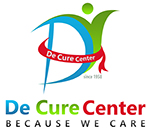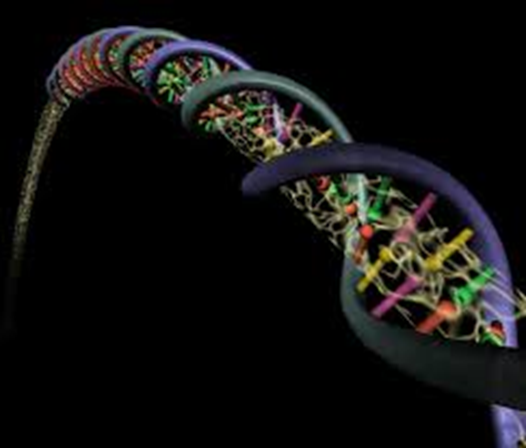
Though great progress has been made in medicine, current evidence-based and palliative treatments are increasingly unable to keep pace with patients’ needs, especially given our aging population. There are few effective ways to treat the root causes of many diseases, injuries and congenital conditions. In many cases, clinicians can only manage patients’ symptoms using medications or devices.
Regenerative medicine is a game-changing area of medicine with the potential to fully heal damaged tissues and organs, offering solutions and hope for people who have conditions that today are beyond repair.
Regenerative medicine itself isn’t new — the first bone marrow and solid-organ transplants were done decades ago. But advances in developmental and cell biology, immunology, and other fields have unlocked new opportunities to refine existing regenerative therapies and develop novel ones.
The Center for Regenerative Medicine takes three interrelated approaches:
- Rejuvenation means boosting the body’s natural ability to heal itself. Though after a cut your skin heals within a few days, other organs don’t repair themselves as readily.
But cells in the body once thought to be no longer able to divide (terminally differentiated) — including the highly specialized cells constituting the heart, lungs and nerves — have been shown to be able to remodel and possess some ability to self-heal. Teams within the center are studying how to enhance self-healing processes.
- Replacement involves using healthy cells, tissues or organs from a living or deceased donor to replace damaged ones. Organ transplants, such as heart and liver transplants, are good examples.
The center aims to expand opportunities for transplants by finding ways to overcome the ongoing donor shortage, the need for immunosuppressant and challenges with organ rejection.
- Regeneration involves delivering specific types of cells or cell products to diseased tissues or organs, where they will ultimately restore tissue and organ function. This can be done through cell-based therapy or by using cell products, such as growth factors. Bone marrow transplants are an example.
The role of stem cells
Stem cells have the ability to develop — through a process called differentiation — into many different types of cells, such as skin cells, brain cells, lung cells and so on. Stem cells are a key component of regenerative medicine, as they open the door to new clinical applications.
Regenerative medicine teams are studying a variety of stem cells, including adult and embryonic stem cells. Also being studied are various types of progenitor cells, such as those found in umbilical cord blood, and bioengineered cells called induced pluripotent stem cells. Each type has unique qualities, with some being more versatile than others.
Many of the regenerative therapies under development in the Center for Regenerative Medicine begin with the particular patient’s own cells. For example, a patient’s own skin cells may be collected, reprogrammed in a laboratory to give them certain characteristics, and delivered back to the patient to treat his or her disease.

